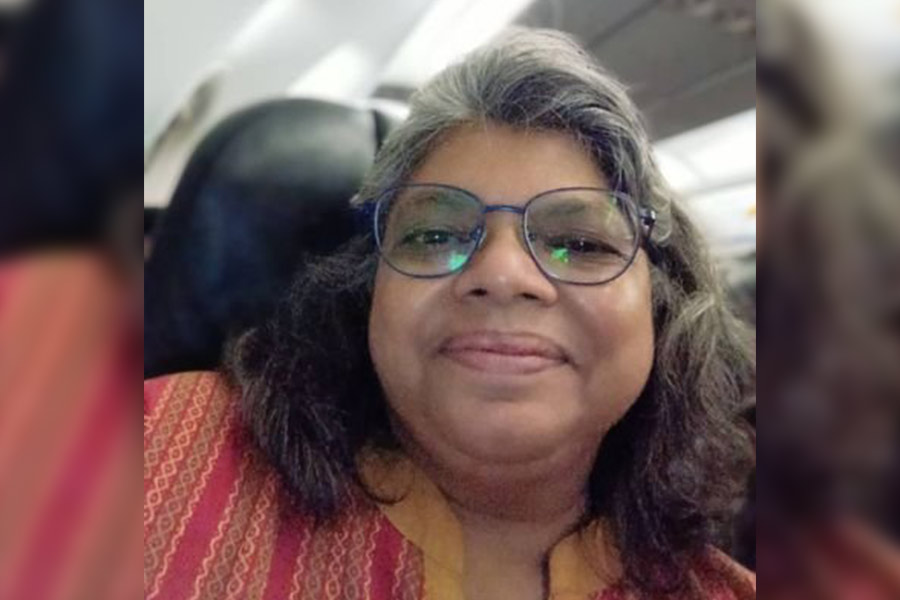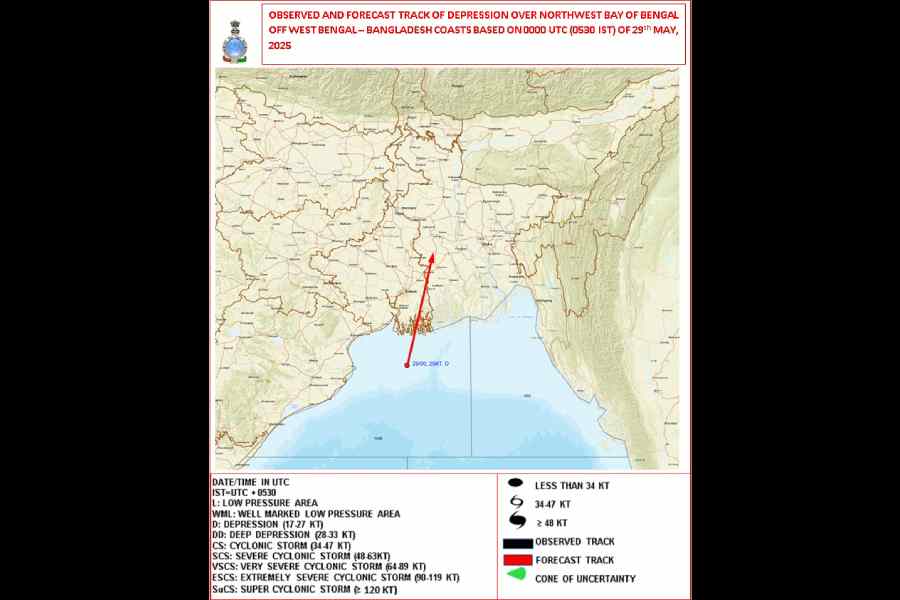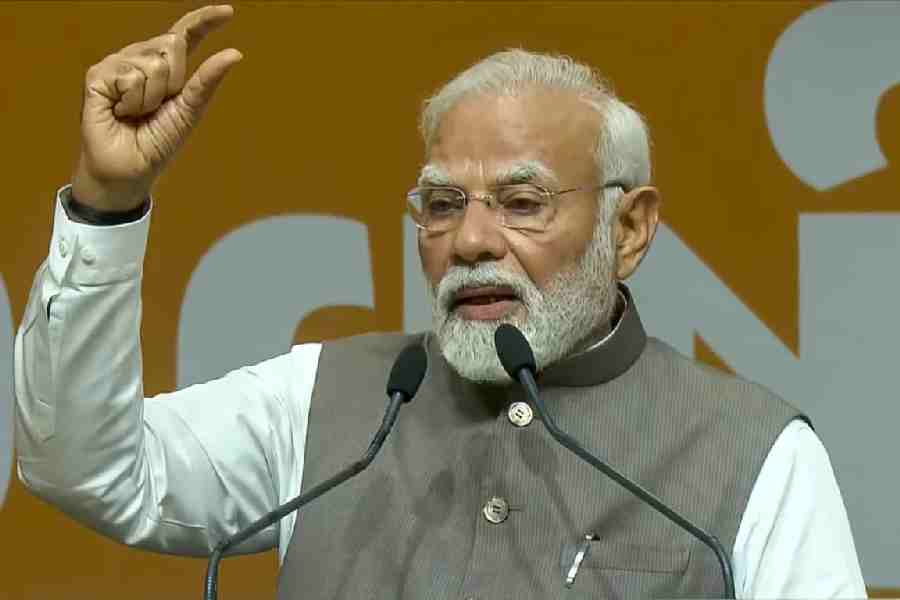 |
| The autumn colours make the Irish countryside even more picturesque |
Ireland had somehow always been associated with violence for me, juxtaposed with passages from Leon Uris’s Trinity, scenes from films like Michael Collins and the recent award-winning The Wind that shook the Barley on young revolutionaries who fought against English rule. So the extraordinarily beautiful countryside of Ireland, the peaceful rolling greens of the golf links, the Atlantic hugging its majestic coastline was in complete contrast to those images built up over the years.
Leaving behind the Dublin of James Joyce, Oscar Wilde, and of course, Guinness beer, we were on the way to explore the Irish countryside driving to Cork.
The sun was up though rain was predicted as we headed for County Clare. The land here is rather flat with the famous Irish bogs or peat land. This is good for horse breeding and many stud farms dot the landscape. People are also turning to dairy farming. So expect excellent thick cream to go with coffee and scones. Honestly, the blueberry scone was so big that I could not finish it at a stopover at Ballinaesloe in Galway County, a place famous for its equestrian heritage.
The pièce de résistance of the morning was a visit to the Cliffs of Moher, spread 8km along the Atlantic Ocean. Spurts of rain now slid down the glass window of the bus but it was not enough to prepare us for what awaited. We were warned: “Take off your glasses. They might get blown away.” Stepping out from the bus it felt as if the strong wind was slapping me all over and trying to push me down to the ground.
 |
| Irish coffee at Durty Nelly is serious business |
But it was a rare experience. Covered from head to foot, I climbed up the steps to ’Brien’s Tower, which offers an incredible view of the cliffs. But why did the cliffs look vaguely familiar? Then it struck me. Of course! The first scene of Ryan’s Daughter — in which Sarah Miles stands over the cliffs and her bonnet flies away!
’Brien was a famous lord. To build a castle at this high point in 1835 was no mean feat; he also built a wall 6-ft high and 1-in thick with local Liscannar flagstones, which still survives. Local legends say the tower was also known as ‘ladies castle’ because it was a rendezvous point for the lord.
The Moher visitor centre has an excellent restaurant, Long Dock, from where the glass-paned windows give a panoramic view. The ‘Atlantic Edge’ show at the ‘Ledge Theatre’ is a virtual journey to discovering local flora and fauna. And the caves underneath the cliffs are amazing. This place is also famous as a world-class surfing point; the waves sometimes can reach up to 60ft!
The drive then took us to Adare, a pretty little village where we were going to stay overnight. An extra bonus was our guide Breda regaling us with naughty limericks — after all we were now in Limerick County. The Bunratty Castle, built in 1425, came on the way. Who could resist visiting a ‘real’ castle with a drawbridge and all?
But it was getting late and the castle was closed as it prepared for the evening’s Medieval Castle Banquet, a treat for which previous booking is a must. But we begged: could we get a glimpse of how they used to feast in the Middle Ages? A pretty lass dressed in medieval finery took pity and let us in for a few moments. The long benches and tables were set and only candles lighted up the great hall. But where were the forks and knives? None. Guests were expected to eat with their hands, as in the past.
The need for an evening cup of coffee was intense now. So we dropped at the nearby Durty Nelly pub by the River Maigue, which has been in existence since 1620, for an Irish coffee. The story goes that it was an accidental recipe that caught on. A group of American passengers was stranded at Foynes Port on a chilly evening. Joseph Sheridan, a head chef, concocted the drink with whisky, black coffee, sugar and topped it up with cream.
Adare still has a medieval feel. Charming thatched cottages, excellent restaurants and pubs make this a very attractive hub of equestrian sports, fox hunting and golf courses. A quick tour of Adare Manor Hotel, a castle rather, gave a glimpse of how people like Bill Clinton rest after an invigorating round of golf at the famous links nearby. Unfortunately, we could spend only one night at the Dunraven Arms Hotel, which first threw open its doors in 1792 and which has still retained a country house atmosphere.
 |
| The beautiful Muckross House in Killarney National Park |
Next morning the sun shone gloriously after a smart shower, which was just as well because we were visiting the Killarney National Park in County Kerry. Spread over 25,000 acres, the park is breathtakingly beautiful with three lakes side by side. Dominating the park is a beautiful manor house, the Muckross House built in 1843 and donated to the nation after the untimely death of the lady of the house, Maud.
Driving through forests of mountain ash and ancient oaks we were on our way to Kanmare, a little town pretty as a picture. Unusually, it is a planned town though it was established in 1670 by Sir William Petty, a physician with Oliver Cromwell’s army.
An exciting event awaited us next — clay pigeon shooting. Our instructor was waiting at the Sheen Falls Lodge, a beautiful property over a gurgling stream. In fact, the stream, tastefully lit up in the evening and sparkling in daytime under the sun, is the USP of this impressive hotel. The hotel holds fishing rights over 15km of the stream and guests can fish and have the salmon smoked individually on the premises.
As to clay pigeon shooting, the instructor patiently explained and then made us rehearse. At first the kick from the rifle butt was a bit disconcerting, then it was fun. At the end of the day India won over Ireland resoundingly (outnumbered, outshot).
On that happy note, after dining on smoked salmon and glasses of wine by a crackling fireplace we retired to prepare for the drive to Cork next day.
Ready reckoner
 |
Getting there: There are regular flights to London from various Indian metros, including Calcutta. You change flights for Dublin from London.
Staying there: There are various kinds of accommodation available in Ireland, from bed and breakfasts and budget hotels to lavish five-star options. At Cork, rates start from about 40 euros per night.
Exchange rate: 1 euro = Rs 60










